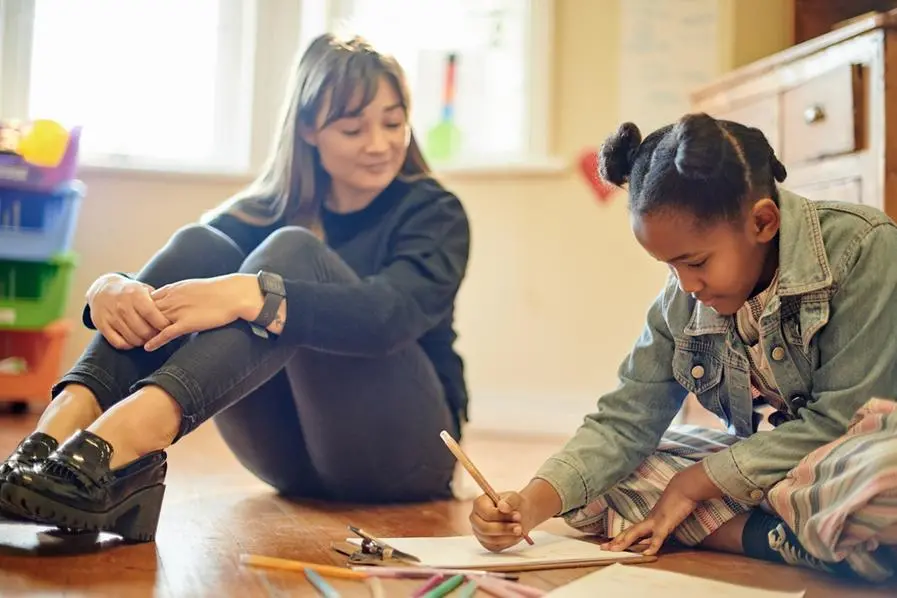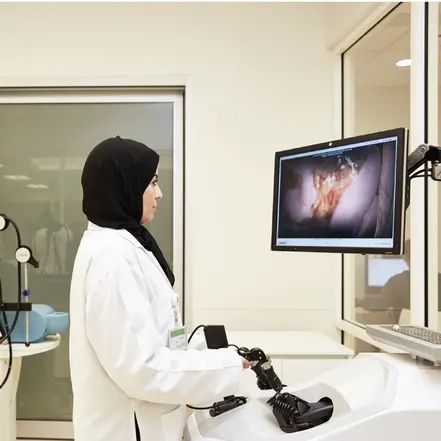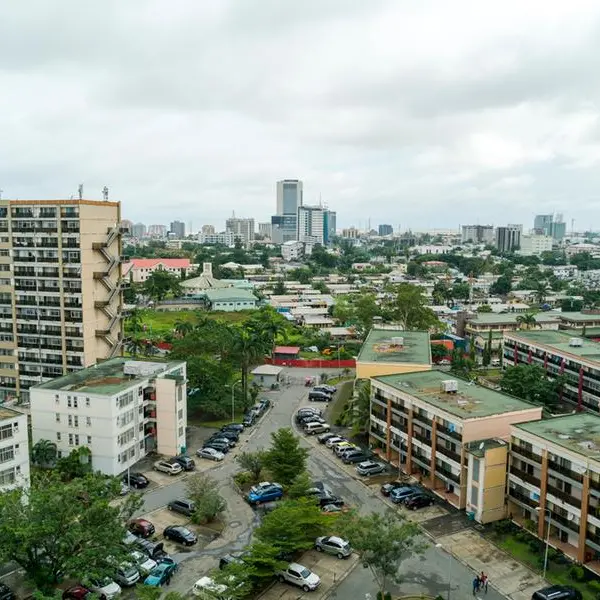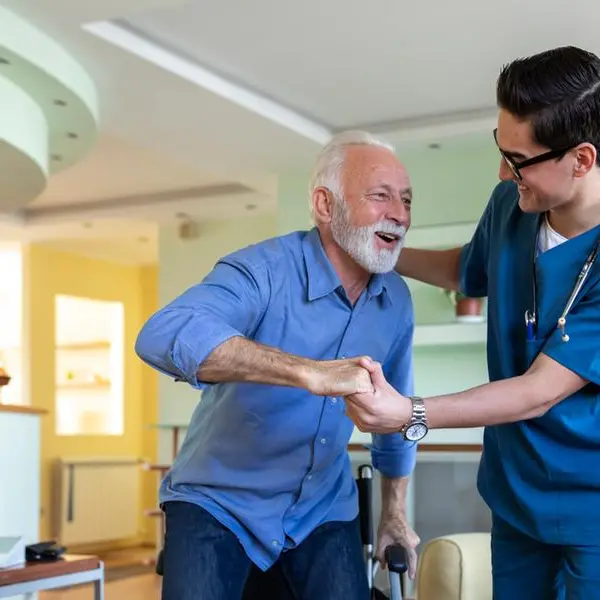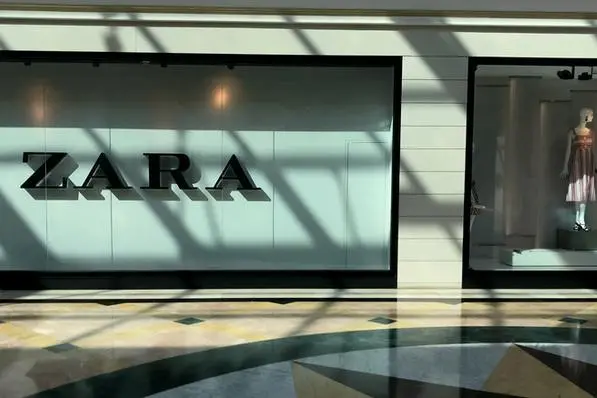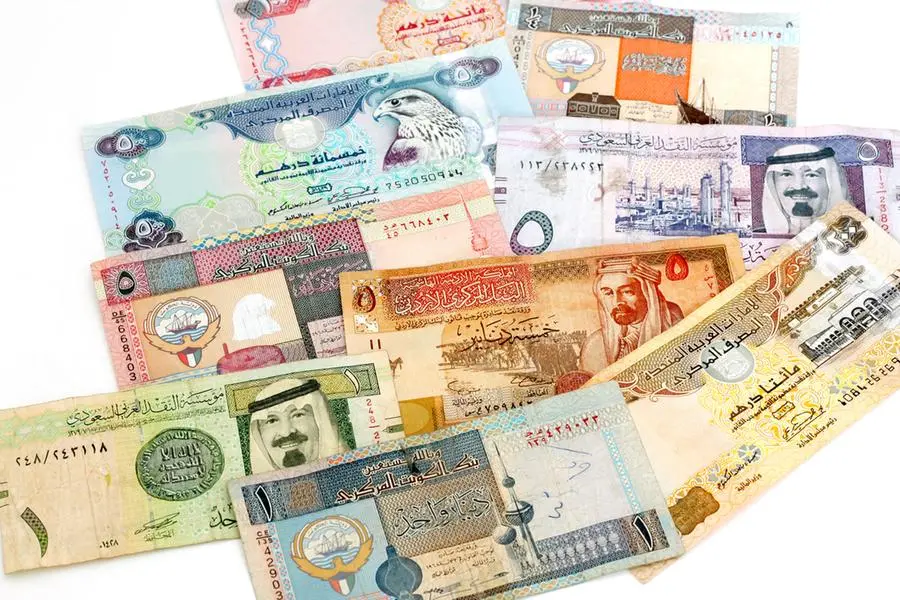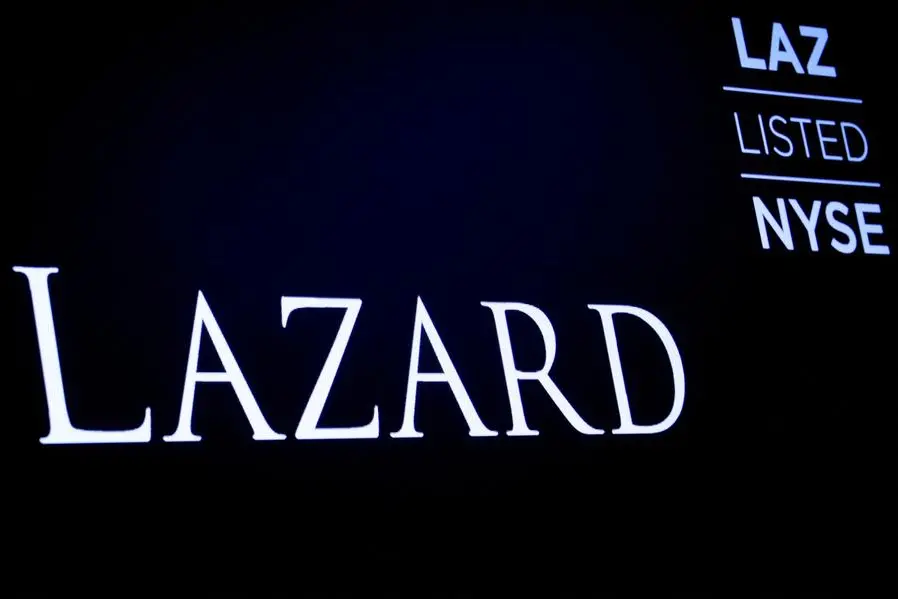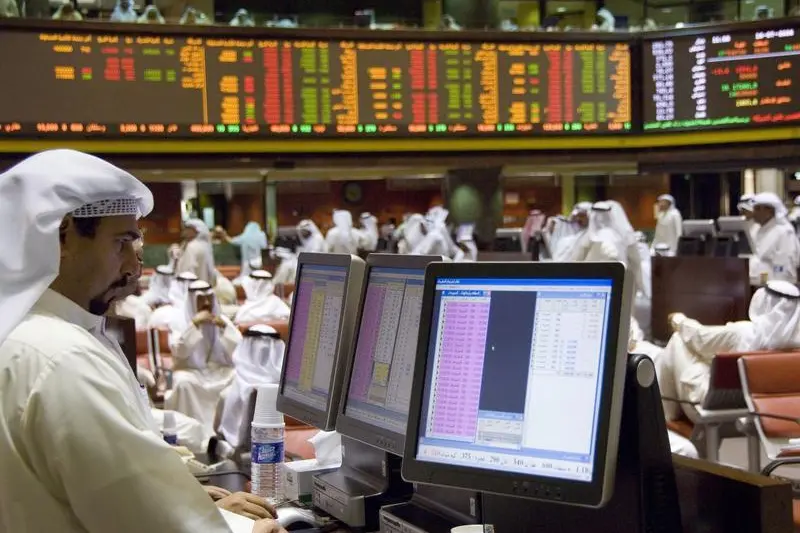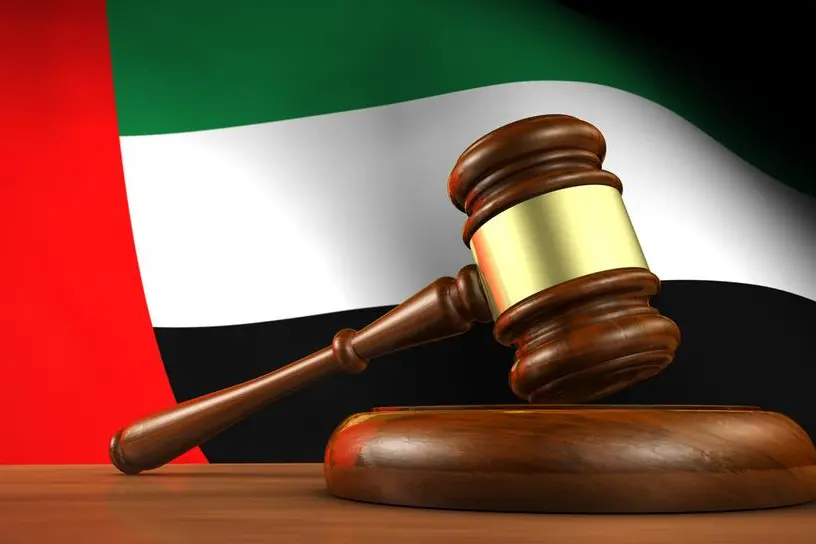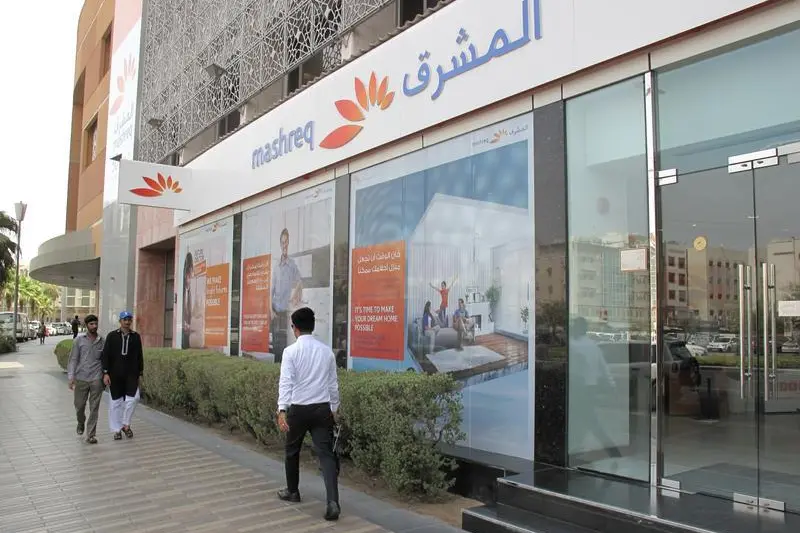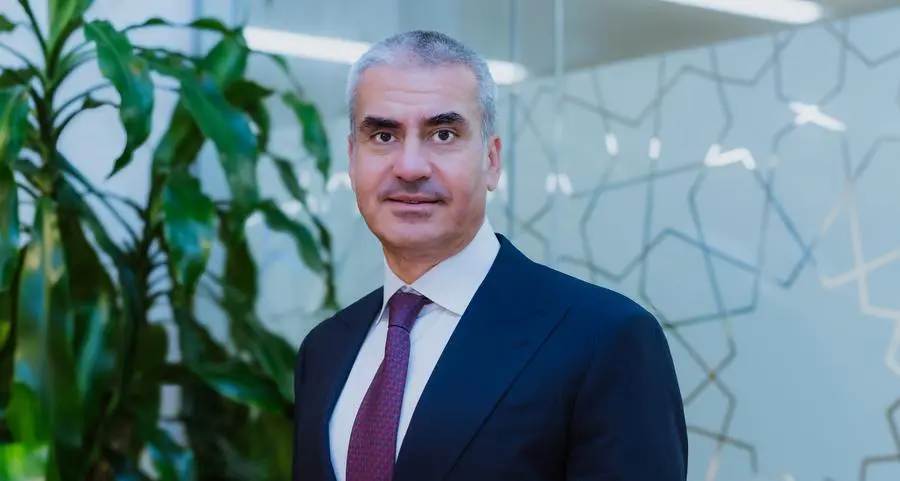PHOTO
Creative, teacher and student drawing for education, art therapy and expression in a classroom. Support, project and a woman with a student for learning creativity and helping with writing homework. Image Courtesy: Getty Images Image used for illustrative purposes only.
About 8 million adults suffer from post-traumatic stress disorder, or PTSD, every year, according to the study ‘Post-traumatic stress disorder in the World Mental Health Surveys’, published in 2017 in the international journal ‘Psychological Medicine’.
Art therapy uses mediums such as painting, sculpting, drawing and colouring to help sufferers build a bridge of communication between the therapist and the patient, provide a safe space to untangle and unpack emotion and to reconnect. In other words, it can prove a catalyst in helping a person who has undergone trauma – an emotional upheaval — rehabilitate.
One of the reasons why it’s so effective is that trauma, research has found, is stored in the right hemisphere of the brain. And while speech is a left-brain activity, art and creativity is the purview of the right side. Often, say experts, this is one reason it is easier for people to draw their trauma than speak about it.
How art plays a role in rehabilitation is one of the key elements that will be discussed in the Mena region’s first Art Therapy Conference (ATC), organised by the Abu Dhabi Center for Sheltering and Humanitarian Care – Ewaa, an affiliate of the Department of Community Development, in Abu Dhabi on October 17 and 18.
Emma Mills, who has been an art therapist for 17 years and is based in the UK, will be speaking about art therapy trauma protocol in community mental health at ATC. She recalls a patient who had been badly bullied as a child at school. When she would return home, she would face domestic violence. The result was a lack of a safe space. “She managed to get away to university and get trained as a teacher and work as a teacher. But even then, the trauma of her past [was such that] she was quite easily triggered by things that happened at school. And then the school workplace became very bullying and it brought back a lot of the stuff that was unresolved from her childhood.”
“She’s found making art really helpful, especially art where you use both hands. She’s really into printing, so having to use both your left and your right hand to make art has been really helpful to her because it’s soothed her while she’s been talking about difficult things.”
Bilateral stimulation, or the use of both hands during an activity, inhibits the amygdala, the part of the brain responsible for the ‘flight’ or ‘fight’ response, making it a soothing choice for people trying to work through things.
Gaining trust
Like this patient, others have found it a good option when working through their grief and trauma – for one thing, it offers a way to communicate without words. “You can both look down on a piece of paper, you can use colours and shapes to express difficult feelings and emotions, the process of moving your hand across the paper is also sending good signals to the brain, producing good chemicals, because you are doing a repetitive action [which can be quite calming],” says Mills. Repetitive action redirects the brain’s mental focus from the anxiety-inducing memory onto the task at hand, providing comfort.
Creating something also builds trust, in the person who is next to you, in the process you are undertaking. Kuwait-based art therapist and designer Amar Behbehani, who is also participating at ATC, explains: “It allows the client and the therapist to build a bridge of trust – you are doing something together, the act of doing is more believable than the act of just listening.” Behbehani will be talking about ‘Surviving Violence: An Experience - Art Therapy Approach at ATC.
And it gives tangible results, says the founder of Shore Consultancy. “A lot of people go to therapists and then they don’t see immediate results... But what art therapy does is it makes you see the results immediately... They know they went to therapy because there was an art medium that was produced,” she adds.
Sensorimotor art therapy
A type of therapy that uses art to help people process the trauma that they’ve been through is Sensorimotor Art Therapy. This type of rehabilitation plan uses movement and art to work through sensations in the body and the trauma state the body is stuck in. Sensorimotor Art Therapist Chris Storm, who will talk about ‘Listening Deeply to Clients’ at ATC, explains the importance of Stephen Porges’ Polyvagal theory for this type of therapy. The theory states that we are all either in a state of fear-related immobilisation, fight or flight mobilisation or socially accessible. Or in a blended state. “When you look at in the context of domestic violence and trafficking, what you’re looking at is people who were often stuck in [immobilization, or flight or fight states], because they’re constantly living [with a sense of] danger.”
When this happens, she adds, a whole lot of neuro chemicals get released. And though these are supposed to be short states of being, they become a body’s constant state.
What sensorimotor art therapy then does is create a safe space to lead you to social accessibility.
Clare Jerdan, who also specialises in Sensorimotor Art Therapy and will be speaking about ‘Trauma Healing and Post-Traumatic Growth: Reconnecting with the Flow of Life’ at ATC, explains that art therapy and sensorimotor art therapy both start with building a safe space. “We build resources and help the client find that solid, dependable and maybe even joyous place,” she says. Sometimes, this is done by drawing what looks like their safe place or holding on to an object that signifies safety.
“This base then allows the client the resources to go into more depth,” she explains. “Only when the client can access these resources under duress can we then pendulate [swing] into the trauma vortex, and then move between the trauma and the safe [space] using rhythm and repetition and body-based [techniques] like guided drawing and Clay Field Therapy [where one works with clay] to help resolve the trauma held in the body and build new body memories in its place using the feedback loop that the body has,” she explains.
One of Jerdan’s patients, who is in her 50s, had been a child soldier after being abducted at the age of two. She started having EDMR - Eye Movement Desensitization and Reprocessing – therapy, cognitive therapy and behaviour therapy 10 years ago. “Her diagnosis originally was dissociative identity disorder [with multiple personalities] in complex post-traumatic stress disorder. I did 11 sessions and Clay Field [Therapy] with her. And at the end of the 11th session, she had completely integrated all of her parts.”
The aftercare
For Behbehani, rehabilitation is about maintenance. “Because when we are talking about rehabilitation, we are not talking about the process of curing, we are talking about the method of maintaining the well-being of a certain aspect of life,” she explains.
Art, she believes, can do that – and studies support her. A 2016 paper published in the Journal of the American Art Therapy Association states that even less than an hour of creative activity reduces stress and has a positive effect on mental health.
Some things are just too terrible to remember. But it’s important to know there is a recourse; a way to work through it all even if you don’t recall detail, even if you can’t speak the words.
Copyright © 2022 Khaleej Times. All Rights Reserved. Provided by SyndiGate Media Inc. (Syndigate.info).
